Professor Jinseok Choi Receives IEEE ComSoc Asia-Pacific Outstanding Young Researcher Award

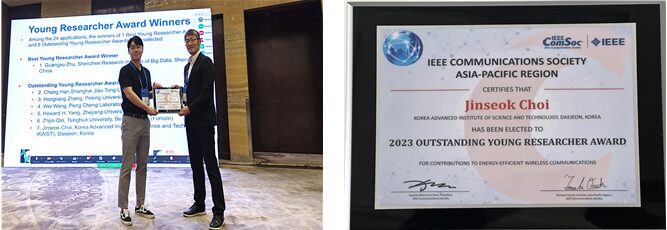
<IEEE ComSoc AP Award Ceremony & Plaque>

Professor Jinseok Choi Receives IEEE ComSoc Asia-Pacific Outstanding Young Researcher Award


<IEEE ComSoc AP Award Ceremony & Plaque>
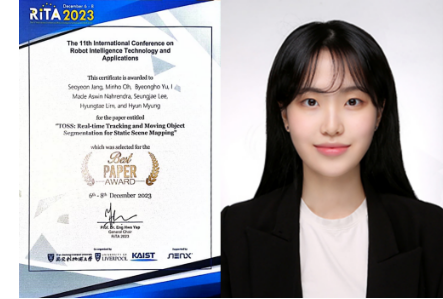
M.S Course Seoyeon Jang won the Best Paper Award in RiTA 2023
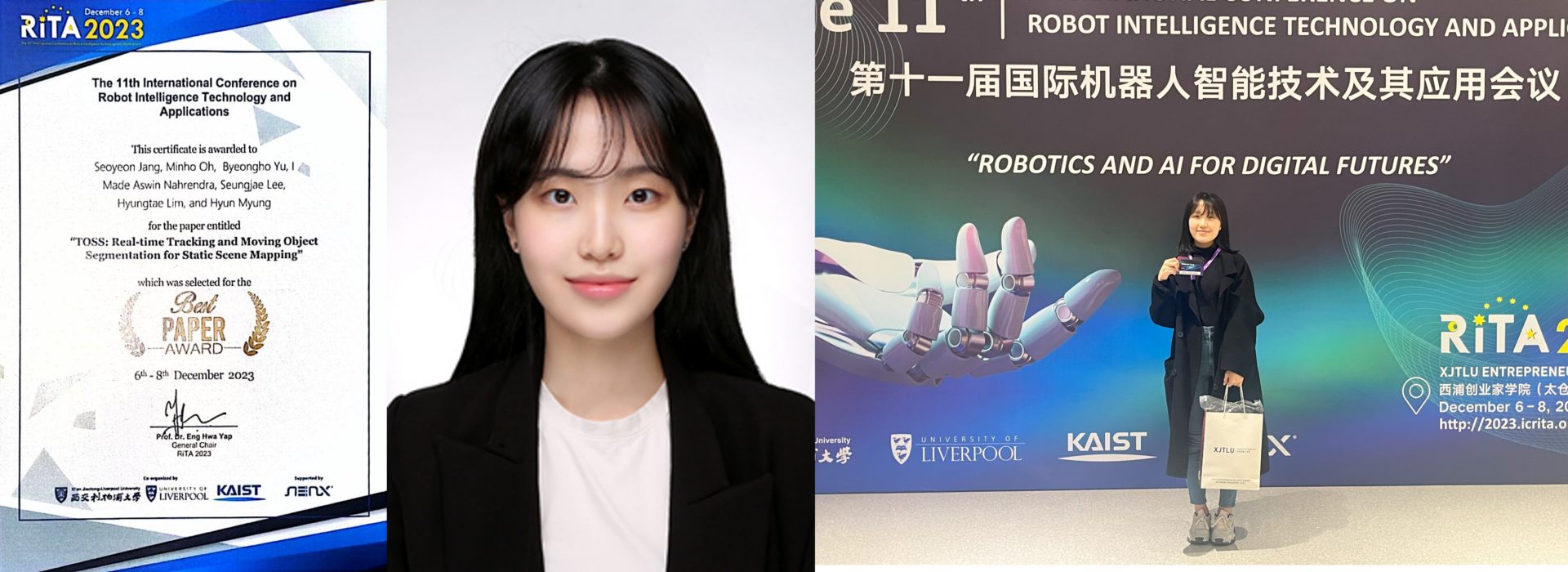
Seoyeon Jang, Minho Oh, Byeongho Yu, Seungjae lee, I Made Aswin Nahrendra, and Hyungtae Lim received the Best Paper Award at the Int’l Conf. on RiTA (Robot Intelligence Technology and Applications) 2023 held in Taicang, Dec. 6-8, 2023.
-Conference: The 11th International Conference on Robot Intelligence Technology and Applications (RiTA 2023)
-Date: December 6-8, 2023
-Venue: XJTLU Entrepreneur College, Xi’an Jiaotong-Liverpool University, Taicang, China
-Award: Best Paper Award
-Authors: Seoyeon Jang, Minho Oh, Byeongho Yu, Seungjae lee, I Made Aswin Nahrendra, Hyungtae Lim, and Hyun Myung (Advisory Professor)
-Paper Title: TOSS: Real-time Tracking and Moving Object Segmentation for Static Scene Mapping
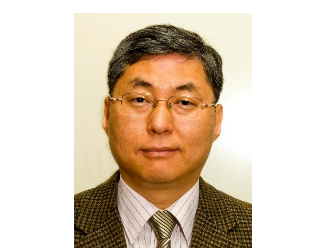
Professor Hoi-Jun Yoo was elected as the 7th Chairman of the Institute of Semiconductor Engineers
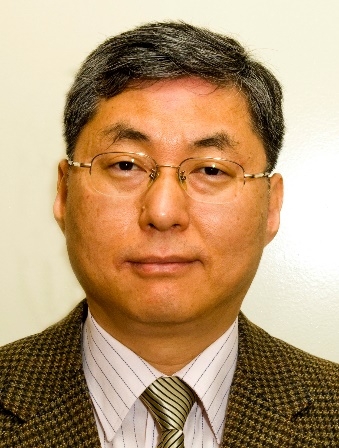
[Prof. Hoi-Jun Yoo ]
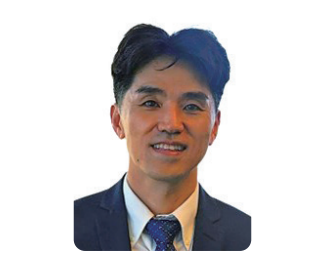
Professor Cho SeongHwan receives ‘2023 Hae-dong Semiconductor Engineering Award from Institute of Semiconductor Engineers’
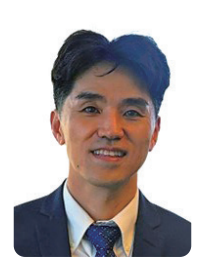

Prof. Hyun Myung Receives Academic Awards from Korea Robotics Society and ICROS

Professor Hyun Myung from the School of Electrical Engineering has received academic awards from two major domestic robotics societies, the Korea Robotics Society and the ICROS (Institute for Control, Robotics and Systems).
Professor Hyun Myung was awarded the academic award at the regular meeting of the Korea Robotics Society, held at the SC Convention in Seoul on December 1st.
The Korea Robotics Society’s academic award is the most prestigious award given by the society at the end of each year.
It is awarded to a researcher who has made outstanding contributions to the development of domestic and international robotics technology and related fields through innovative research achievements and publication activities.
Professor Hyun Myung’s research team has published over 100 SCI papers and presented more than 300 international conference papers in the field of autonomous robot navigation.
Additionally, they received recognition for their excellent achievements, including winning the Autonomous Quadruped Robot Competition at the 2023 IEEE ICRA (International Conference on Robotics and Automation) held in London, UK, and being double-crowned champion of the HILTI SLAM Challenge.
Furthermore, Professor Hyun Myung was honored with the IEEE Academic Activity Award at the regular meeting of the ICROS (Institute for Control, Robotics and Systems) held at the Venezia Hotel in Yeosu on October 19th.
The IEEE Academic Activity Award is one of six academic awards presented annually by ICROS and is awarded to researchers who have demonstrated outstanding IEEE-related academic activities.
Professor Hyun Myung received this award in recognition of his achievements this year, including winning the IEEE ICRA Autonomous Quadruped Robot Competition and achieving double championships in the HILTI SLAM Challenge.

<Academic Award & IEEE Academic Acitivity Award>

<Award Ceremony, Korean Robotics Society>
/Reference/ Robot News (December 5, 2023): “Completion of the 2023 Annual Meeting of the Korean Robotics Society”
https://www.irobotnews.com/news/articleView.html?idxno=33416

Professor Lee Si-Hyeon Selected as Distinguished Lecturer for the IEEE Information Theory Society
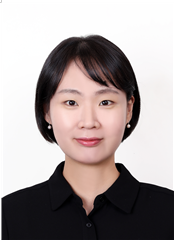
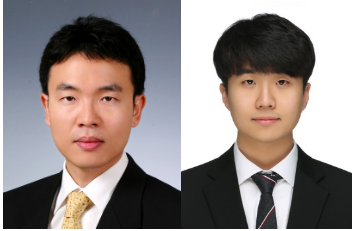
Kim Minje, PhD Candidate in Professor Choi Junil’s Research Lab at the Department of EE, Awarded the 15th ICT Paper Competition Grand Exhibition

<Professor Choi Junil and Ph.D. candidate Kim Minje>
Professor Choi Junil’s research lab at the Department of EE congratulates doctoral candidate Kim Minje for receiving an excellence award at the 15th ICT Paper Competition Grand Exhibition, hosted by the Electronic Newspaper, Web Keshi Group, and the Software Credit Union.
Over the past five years, professor Choi Junil’s research team has been recognized with outstanding awards, including the highest honors and excellence awards, in the ICT Paper Competition Grand Exhibition.
The research by PhD candidate Kim Minje, titled “Meta-Heuristic Fronthaul Bit Allocation for Cell-free Massive MIMO Systems,” proposes an algorithm to efficiently solve the problem of distributing front-haul link capacity in Cell-free multi-antenna systems.
This research suggests a technology that can effectively reduce the computational workload of central processing units (CPUs), which rapidly increases with the growing number of terminals and access points (APs).
Link: https://www.etnews.com/20231117000193

Ph.D. candidate Sunjae Yoon (Prof. Chang D. Yoo) wins Best Paper Award

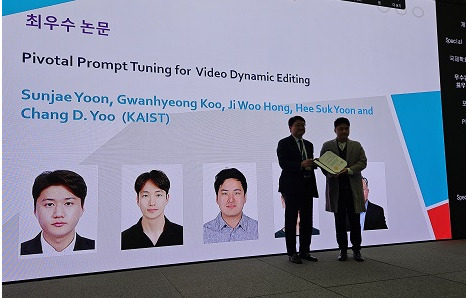

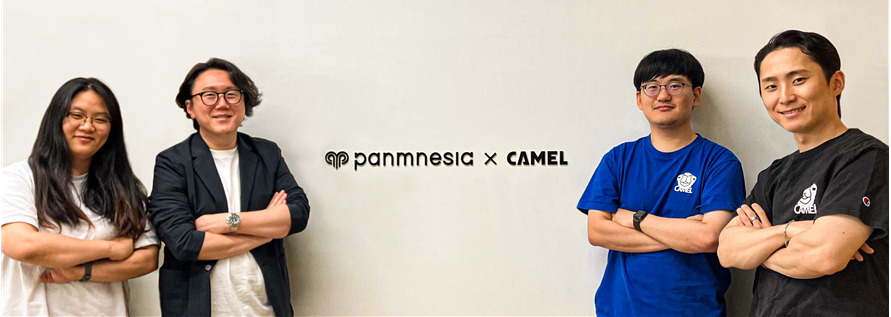
<ph.D Miryeong Kwon, Prof. Myoungsoo Jung, ph.D. candidate Donghyun Gouk and Hanyeoreum Bae>

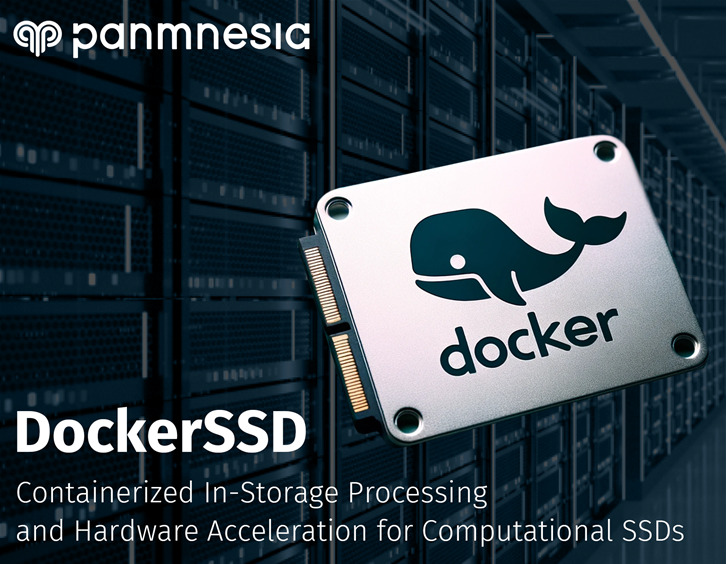
(picture 2 Docker SSD’s logotype)
The research was supported by Panmnesia(http://panmnesia.com) and Institute for Information and Communication Technology Promotion Planning and Evaluation(IITP).
This result has been reported by domestic media as followed.
[Link]
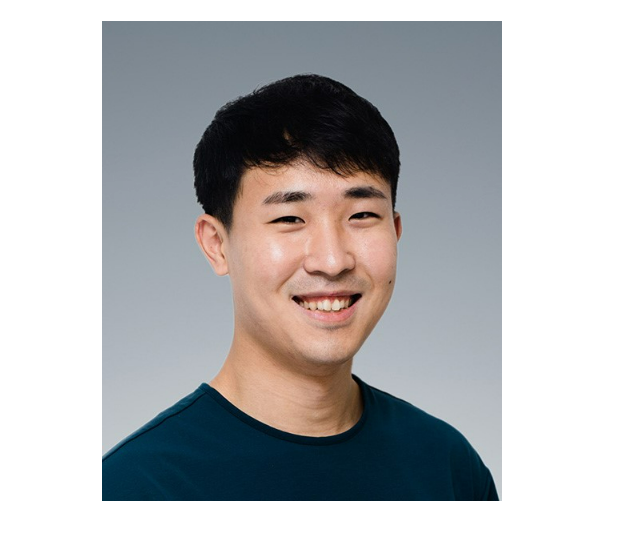
Han Seung-jae (Ph.D candidate from Professor Yoon Young-Gyu’s lab) receives the Trainee Professional Development Award and the AKN Outstanding Research Award at Neuroscience 2023

<Han Seung-jae ph.D candidate>

<Award Ceremony>
Ph.D candidate Han Seung-jae from professor Yoon Young-Gyu’s lab, received the Trainee Professional Development Award and the IBS/AKN Pre-doctoral Award at Neuroscience 2023.
Neuroscience 2023 is a conference organized by the Society for Neuroscience, held in Washington DC, USA, from November 11th to 15th, with approximately 30,000 official participants.
The Trainee Professional Development Award is given to students who have shown outstanding research achievements in the field of neuroscience. Recipients have the opportunity to present their research findings through a separate poster session and engage in networking with other students in the field.
Additionally, the recipients receive benefits such as a $2,500 scholarship, waived conference registration fees, and participation in workshops provided by institutions.
The 2023 AKN Outstanding Research Award is presented by the Association of Korean Neuroscientists based on comprehensive neuroscience research achievements.
The pre-doctoral award was given to a total of five doctoral candidates. A prize of $400 and a certificate are awarded to the recipients. Han Seung-jae received sponsorship from the Institute for Basic Science while writing his paper for the award.
At this conference, Han Seung-jae presented research that was selected as the cover article for the October 2023 issue of Nature Methods (Title: “Statistically unbiased prediction enables accurate denoising of voltage imaging data”).
This research proposes an effective method for removing noise from fluorescence microscopy images using machine learning and demonstrates its effectiveness in various experimental environments.